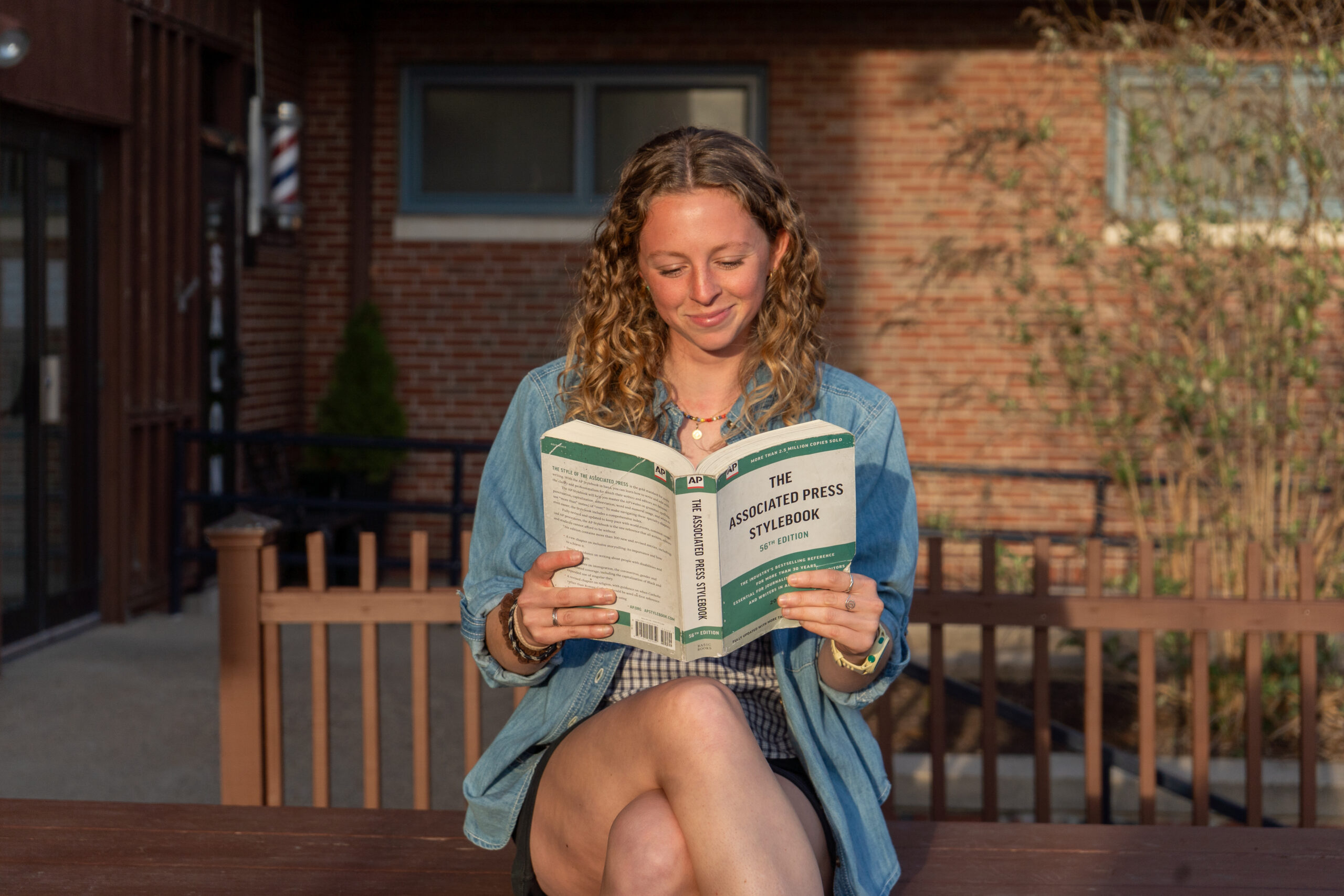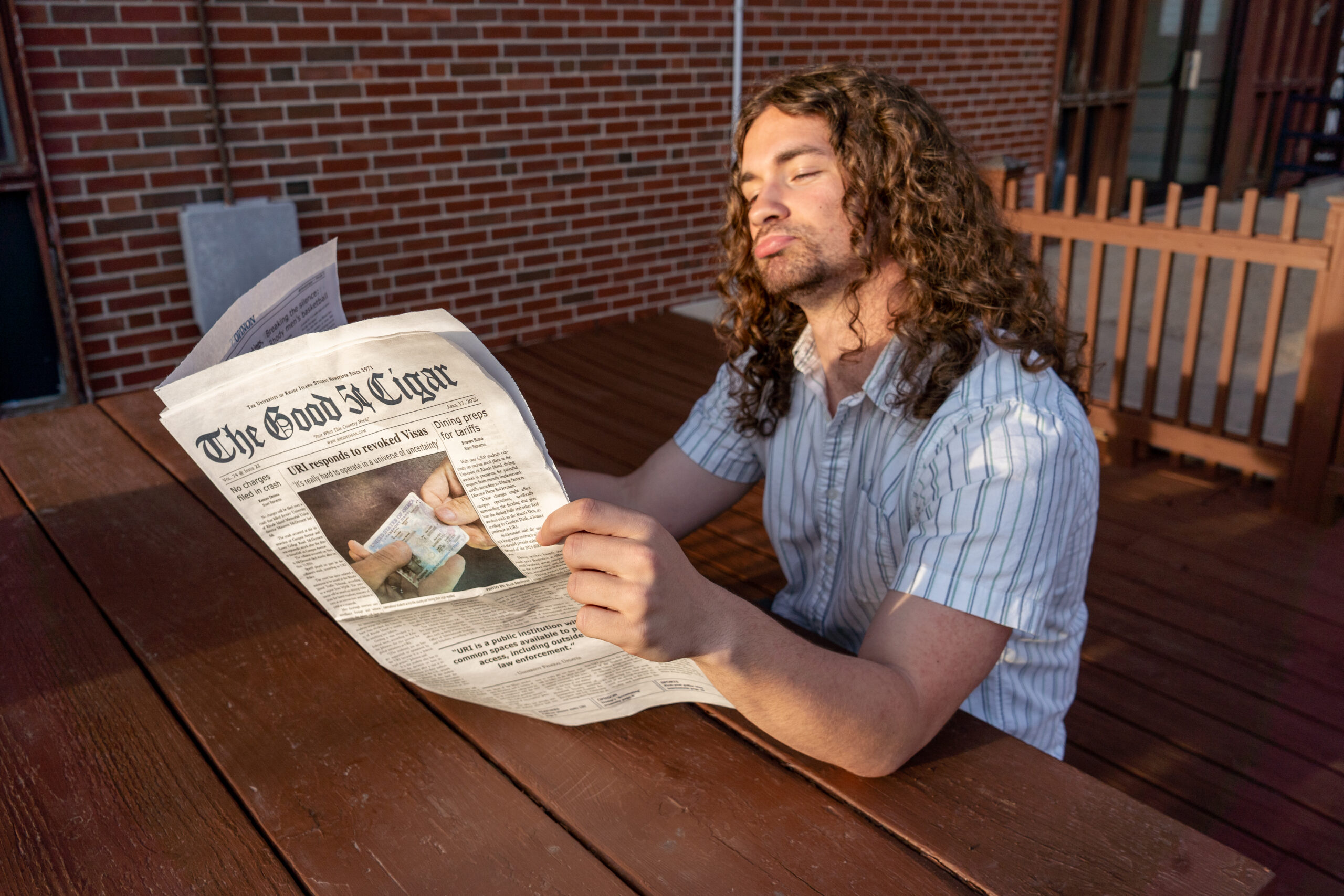I once walked into my 9 a.m. conservation biology lecture, Dunkin’ Donuts coffee in hand, only to have the professor ask that I either finish my drink or throw the over-priced beverage in the trash.
Professor Laura Meyerson informed her students that she banned the use of foam cups and plastic drinking straws from her classroom. Her instructions were simple: get a reusable cup for hot or cold beverages or don’t bring one at all.
“While banning Styrofoam cups and straws in the classroom can seem extreme, it is a way of helping students become more aware of their choices at the point of purchase and encouraging them to make different choices that will not harm the environment,” Meyerson said when asked why she created the ban.
But what consequences do traditional cups from your favorite coffee house carry? Dunkin’ Donuts recently dove deeper into this question in preparation to phase out all of its polystyrene (foam) cups by the year 2020.
The company aims to make products better for the environment, without hurting the bottom line. Foam cups take anywhere from 500 to a million years to break down naturally. Additionally, few towns or cities have the proper recycling facility for foam products, resulting in a buildup of foam in landfills across the nation.
One key issue is that people don’t know how or what to recycle. Every form of plastic packaging contains a recycle symbol with a number written inside that identifies whether the product can be recycled.
The symbols are numbered one through seven. Three, six and seven are the types of plastics commonly not picked up by roadside recycling programs and are considered unsafe for human health and the environment. Foam cups, plastic No. 6, cannot be microwaved because the product releases toxic chemicals that are carcinogenic and linked to illnesses such as Parkinson’s disease and leukemia.
Human health issues aside, the environmental damage is extensive. The production of foam creates large amounts of greenhouse gases as these everyday cups require hydrofluorocarbons (HCFs), hazardous chemicals that damage the ozone layer. Foam is also the main pollutant in waterways such as oceans, posing as a choking hazard and sometimes starvation in wildlife.
Knowing the damage that foam has on the environment and people alike, Dunkin’ Donuts took initiative to make improvements to their packaging by forming a sustainability task force for the franchise.
The company began the transition to use more recyclable products in 2005, starting with introducing a four-cup carrier made out of recycled newsprint. After scratching the surface of sustainability, the franchise then transitioned to 100 percent recycled napkins and bags, recyclable sleeves and box of joe containers, and switched the lids of cold beverage from PET (plastic No. 1) to polypropylene (plastic No. 5), a safer form of plastic. These changes are estimated to save 20 million pounds of paper and 500 thousand pounds of material from waterways per year.
Since 2011, the company’s number one sustainability goal was to find an environmentally friendlier coffee cup, which has finally been achieved. This spring, the franchise introduced new recyclable double-walled paper cup that will keep beverages hot and hands cool. The new environmentally friendly cup will eventually replace 1 billion foam cups in the waste stream by the year 2020.
However, while the paper cups will be better for the environment, the issue remains of whether people will recycle properly and throw the cups in a recycling bin instead of the trash. Many coffee companies have a reusable mug program in which they offer customers a discount if they bring their own mug when purchasing a beverage as incentive to limit the use of disposable cups. Using your own mug helps to cut back on recycling confusion and the amount of paper and plastic in the environment.
So, the next time you go to buy a coffee, think about your actions. Do you really need that plastic straw or can you simply drink from the lip of the cup? Maybe the next time you go to grab a foam cup to place your iced coffee in, you’ll think twice and opt to use a koozie or reusable mug instead.
Still, despite the admirable recycling efforts of Dunkin’ Donuts, one nagging question remains: Why are there no recycling bins in the stores? This only goes to show that people – and companies — need to go the extra mile to recycle the right way and help the environment.



